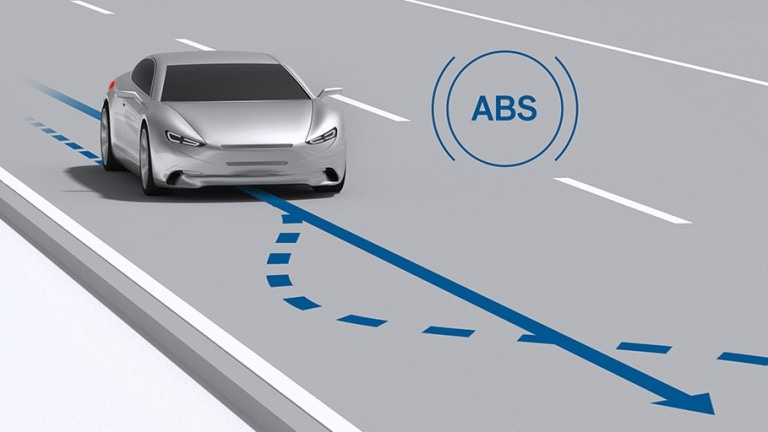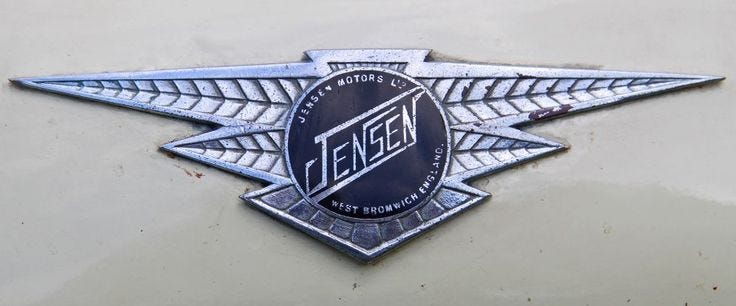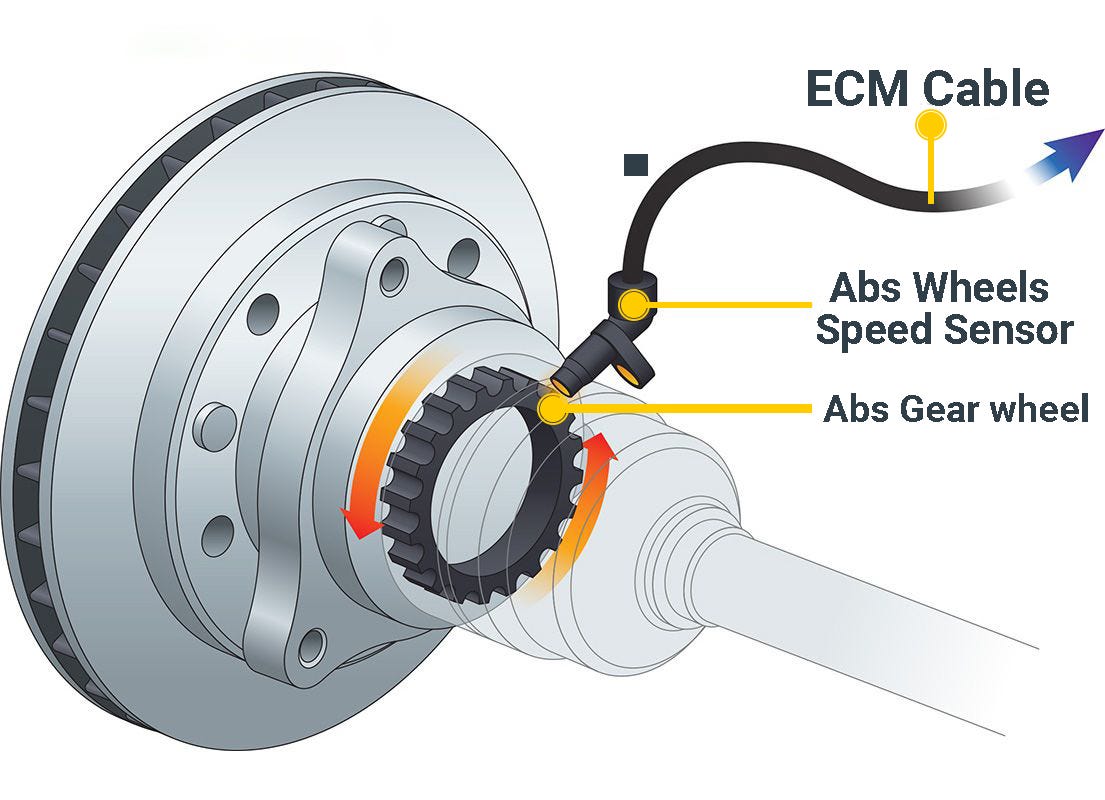The history of ABS and how it came to be.
Anti-lock brakes can be traced back to the 1920s when engineers first tested the concept on planes and trains.
The idea is that a computer would regulate the amount of braking input being inserted on each wheel to prevent the wheels from locking up causing wheespin equals less grip which means increased stopping distance. The more grip you have on the surface, the more efficiently you’ll break and the sooner as well. German Engineer Karl had received a patent for this tech but this wouldn’t have mattered as it wasn’t possible to keep the costs down when adding it to cars so people had to snow-rally stages for a few more years.
Because planes and trains are a lot bigger, heavier and require a lot more braking force than a car – and also because they needed to stop without skidding across the country and get everyone off safely. Aeroplane manufacturers were satisfied with spending more money on planes with this feature as they would save money on tires – this also meant they would make more money as they could allow passengers to carry more luggage.
The automotive start
It remained as aircraft technology until the 1950’s when Jensen – a British car manufacturer decided that they will have a go at making the worlds-first car with ABS as they had their greasy little fingers in the aviation field already so this was the perfect opportunity.
In 1966 they introduced the Jensen FF – the first car to have ABS breaks but it wasn’t released everywhere. There were only 320 renditions of this made and sold to local markets throughout the 1970s.
The car was never sold in the US but they soon caught wind and started developing their own ABS in their most prestige models. Ford developed a system called the Sure-Track which they then released with the Thunderbird in 1969 and Lincoln used this system on their Continental Mark III. AC Electronics helped General Motors develop Track Master, which was available on the Cadillac Eldorado, and True Track, which Oldsmobile offered on the Vista Cruiser and the Toronado. Both systems were introduced in 1970.
ABS was only installed on the rear wheels as it was said to believe that the rear is lighted therefore causing you to lose control whilst the front of the car would still rely on gravity to help the car stop.
Chrysler would be the next company to give it a bash at ABS development. Where they teamed up with Bendix to ensure every car, truck and SUV had electronic ABS in their new models sold since 2019. Chrysler was beaming with confidence and pride – they had claimed that “Space-age technology” was used to keep the car pointing in the correct direction under excessive breaking. The feature became available at an extra cost on the 19-foot-long Imperial, Chrysler’s flagship model, for the 1971 model year. Sure break was considered more efficient and better functioning as it would count the rotational speed of the wheel by an independent censor at each wheel that would calculate the gear teeth and adjust it accordingly. It would then apply brake pressure when it’s needed or release pressure to prevent a lockup.
Because it was so expensive to manufacture and engineer, motorists didn’t think it was worth the money and didn’t see too much of a benefit until the 1980s – especially in Chrysler’s luxury cars as those are the ones that had them installed as standard.
It took a few more years for it to be implemented in economy cars and Mercedes developed a system that was cheap enough to produce and worked the same and they made it available in all their road cars since 2004 and electronic stability control in 2013. Regardless of what your budget was, you had it.
Since 2019 it was made mandatory for every car that leaves a factory around the world to have ABS regardless of the price bracket and it’s constantly improving as new tech comes along.
ABS today
Today it’s quite common.. well when I say common I mean regular or everywhere. It’s part of our everyday life now; with every car out there having ABS as a standard feature that we (probably can’t live without) unless you’re ripping it around the track.
Technology has become quite advanced in that it can now be produced by the masses reducing the cost; it had to as the cars got quicker and bigger, of course, which means it would be essential and it’s constantly evolving with the improvement of technology as the years go on.






